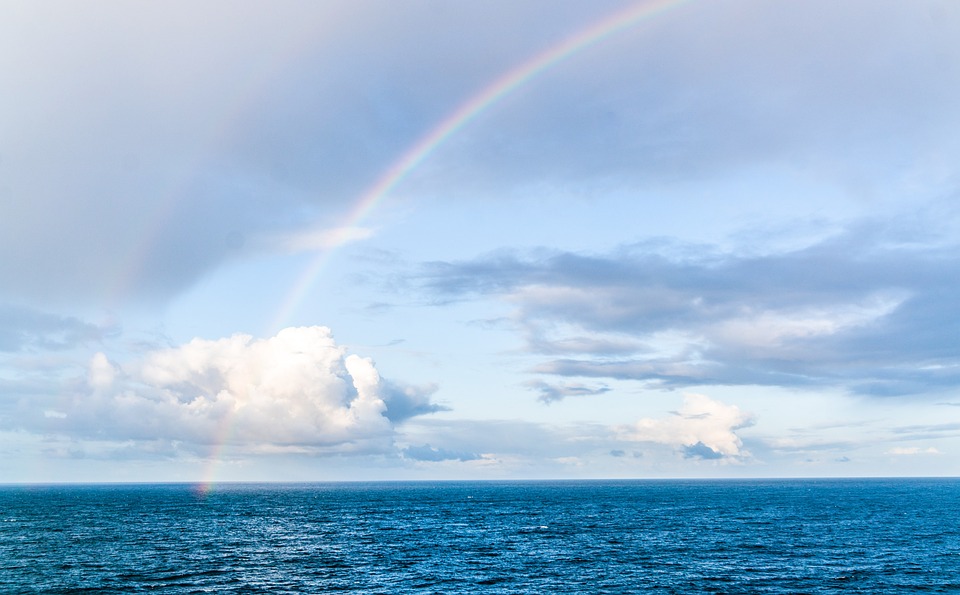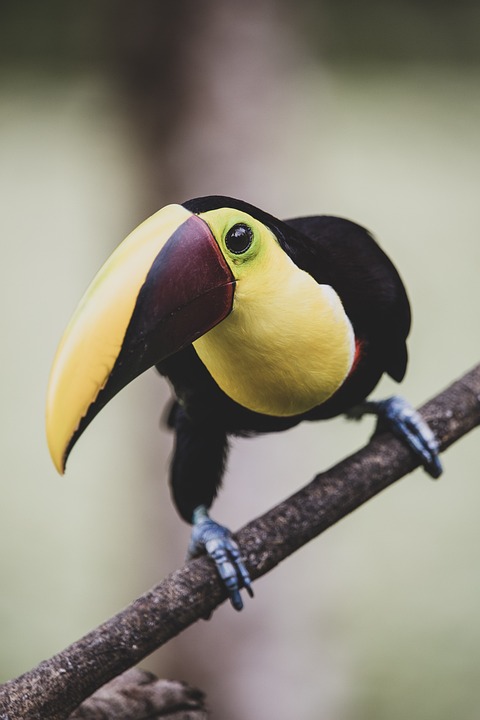Rainbow in a Bottle: The Fascinating Science of Light Interference in Droplets
Have you ever seen a rainbow in a bottle? It’s a mesmerizing sight, isn’t it? A droplet of water, seemingly suspended in mid-air, refracting and reflecting light in a dazzling display of color and pattern. But what’s behind this natural wonder? Let’s dive into the fascinating science of light interference in droplets.
The Science of Light Interference
Light interference occurs when light waves interact with each other, resulting in constructive or destructive patterns. In the case of a droplet of water, light passes through the droplet and is refracted, or bent, as it enters and exits the droplet. This refraction causes the light to split into its component colors, a process known as dispersion.
As the light exits the droplet, it is reflected off the inner surface and passes through the droplet again. This time, the light waves interfere with each other, creating a pattern of constructive and destructive interference. The resulting colors and patterns depend on the size and shape of the droplet, as well as the angle of the light incident on the droplet.
Creating a Rainbow in a Bottle
Creating a rainbow in a bottle is surprisingly easy. All you need is a clear plastic or glass bottle, some water, and a light source. Here’s how:
- Fill the bottle with water, leaving about an inch at the top.
- Shine a light through the water, using a flashlight or lamp.
- Angle the light so that it enters the bottle at a shallow angle.
- Adjust the position of the light and the bottle until you see a rainbow-like pattern forming in the water.
Image:
[Insert image of a rainbow in a bottle]
The Mathematics Behind the Magic
The mathematics behind light interference in droplets is complex, but we can break it down into a few key concepts:
- Wavelength: The distance between two consecutive peaks or troughs of a light wave.
- Frequency: The number of waves that pass a given point per second.
- Phase: The relative position of two light waves.
When light waves with different wavelengths and frequencies interact, they can either constructively or destructively interfere. Constructive interference occurs when the peaks of two waves align, resulting in a brighter color. Destructive interference occurs when the peaks of two waves are out of phase, resulting in a darker color.
Frequently Asked Questions
Q: Why do I need to use a clear plastic or glass bottle?
A: A clear bottle allows you to see the rainbow-like pattern forming in the water. If you use a colored or opaque bottle, you won’t be able to see the pattern.
Q: Why does the angle of the light matter?
A: The angle of the light determines the position and size of the rainbow-like pattern. Adjusting the angle can change the appearance of the pattern.
Q: Can I create a rainbow in a bottle with different liquids?
A: Yes, you can try using different liquids such as oil or glycerin, but the results may vary. The key is to find a liquid with a refractive index similar to that of water.
Q: Can I make a rainbow in a bottle with a laser?
A: Yes, using a laser can create a more intense and focused rainbow-like pattern. However, be careful when working with lasers, as they can be dangerous if not handled properly.
Conclusion
The science of light interference in droplets is fascinating and accessible, even for those without a background in physics. By understanding the principles behind rainbow in a bottle, you can create a stunning display of color and light in your own home. So go ahead, grab a bottle of water, and see the magic for yourself!


